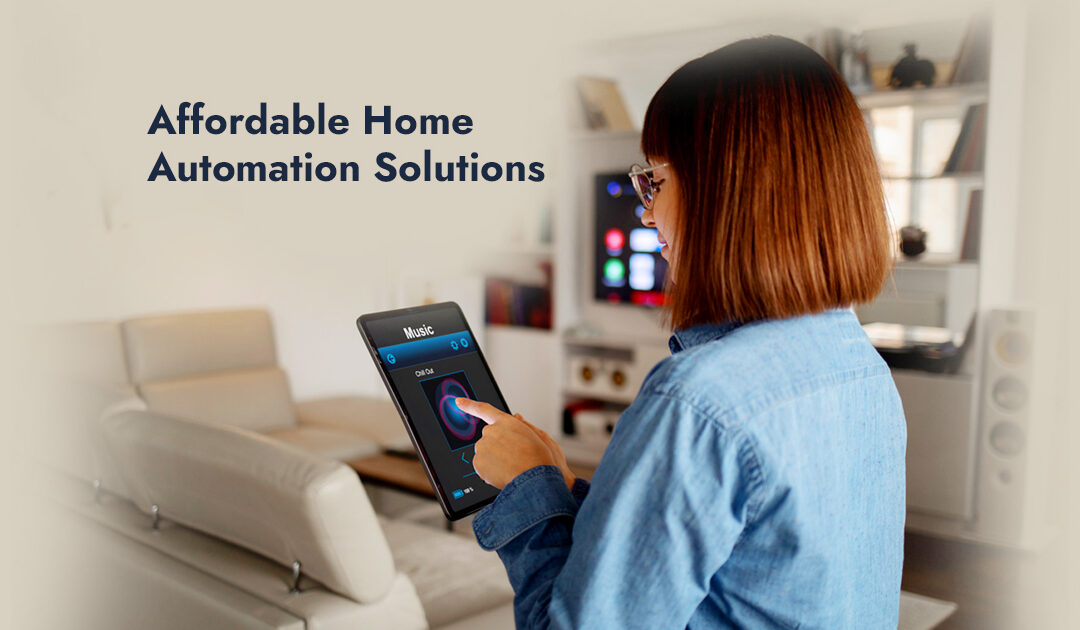Envision living in a house that adapts to your requirements, improving your security and comfort without effort. When you leave for work, your voice assistant locks the doors, lowers the thermostat, and activates the security system all with a single order. This is a real smart home scenario, and it’s closer than you might imagine to what you could expect from a science fiction film. Home automation, which was before only available to wealthy and tech-savvy people, is getting more and more accessible and user-friendly.
Why Home Automation?
The following are some strong arguments in favor of looking at reasonably priced smart home solutions:
- Convenience at Your Fingertips: Picture using your voice or smartphone to operate appliances, lights, and thermostats. Daily activities are streamlined and valuable time is freed up with home automation.
- Enhanced Security: You can watch your home from a distance with the help of motion sensors, security cameras, and smart locks. These devices also provide you peace of mind.
- Increased Energy Efficiency: You may save money on energy costs by having smart lights and thermostats that can automatically modify their settings based on your behavior.
- Enhanced Comfort: Make your house a more comfortable place to live by using smart lighting to provide the ideal mood and remotely controlling the temperature.
- Accessibility and freedom: By increasing freedom within the home, home automation technologies such as voice control or smart switches can help individuals with disabilities.
Here are some ways to achieve a smart home on a budget:
- Plugs with smart capabilities: These reasonably priced gadgets make ordinary appliances intelligent. With your smartphone or voice assistant, you may remotely operate air conditioners, coffee makers, and lamps.
- Smart Light Bulbs: Replace your conventional light bulbs with smart ones to save money on energy. You may customise lighting situations for various activities by adjusting illumination colour, intensity, and scheduling.
- Smart Thermostat: Purchase a programmed thermostat to save money on energy bills by having it automatically adjust to your preferred temperature. These devices are known as smart thermostats.
- Smart Speakers: The central hubs of a smart home are smart speakers, such as Google Home or Amazon Echo. Just use voice commands to operate smart devices such as thermostats, lights, and others.
- Self-assembled startup kits: A lot of businesses sell starter kits that include inexpensively priced smart plugs and lightbulbs among other necessary smart home appliances.
Share this on:


